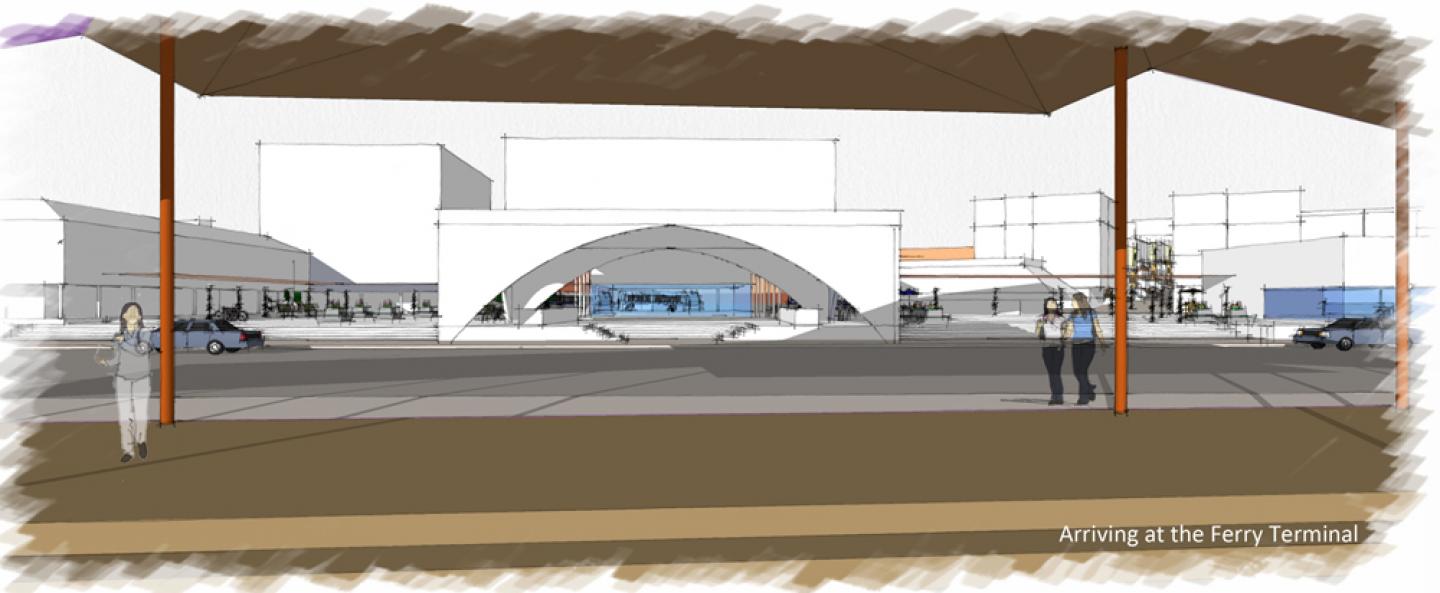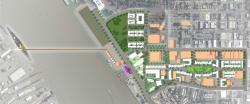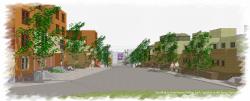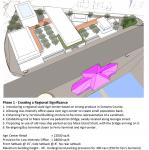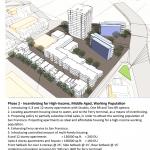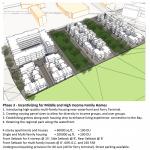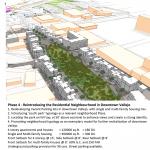Downtown Vallejo was perhaps the most challenging project put forth to us in the first semester. A city that was once politically as well as economically dominant, had ended up with drastic administrative deficits and significant decline in the employment sector. As a result, Downtown Vallejo was in danger of becoming a ghost city much like Detroit.
There were no particular site boundaries allocated. Downtown area was served by a bus network. The waterfont was landfill, while most of Downtown was situated on a rolling terrain rising up to 65’ at one point.
A little bit of historical analysis revealed the large scale disruptions and ruptures that have taken place in the city’s core. During the 50s and 60s, redevelopment schemes broke away from the city grid, and developed large single-use blocks with massive parking lots. These made Downtown completely automobile dependant and triggered changes that have led to the state of disuse seen today.
My strategy for redevelopment was centered around a 4-phase growth plan. I believe Vallejo cannot handle large scale simultaneous development, or perhaps it is the other way around. In any case, strategies had to be laid out, perhaps over five-year intervals for the revival of Downtown.
These strategies were -
1. Agriculture and Meat produce of Sonoma County.
2. Cheap, lucrative housing in Vallejo
3. Architectural heritage and character.
4. Art and Entertainment as represented through historical landmarks as the Empress Theatre.
5. Good connectivity to San Francisco through the Ferry, along with an efficient Bus Transit System.
6. Located across Mare Island, that has the potential of becoming a huge employment generator through the strategic introduction of Industry
2010
Individual Project: Maulik Bansal
